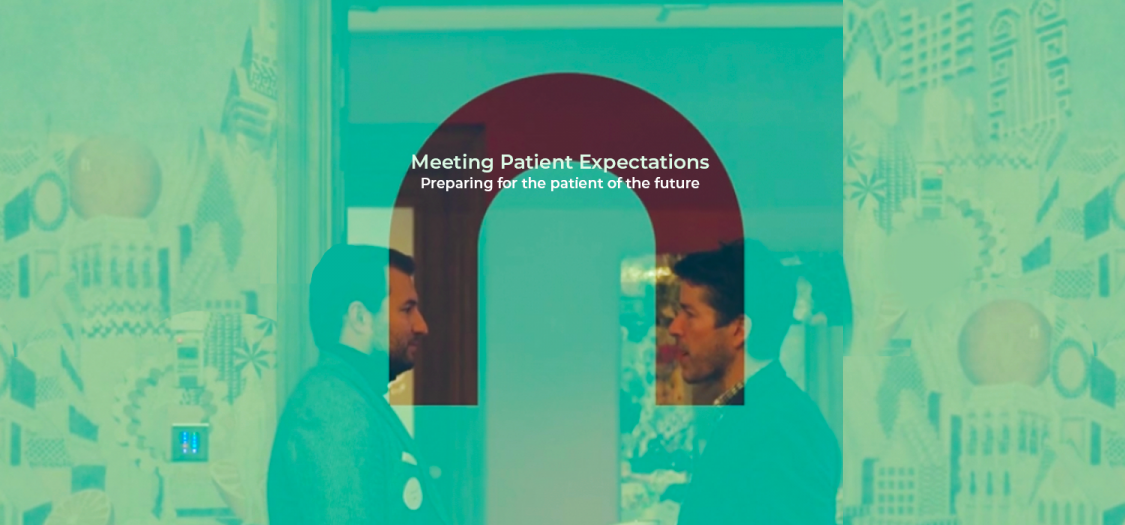

Tuesday 06 November 2018,
by Jules Pancholi
In my experience, most entrepreneurs and I include myself among this slander can appear to be a bit all over the place. Why, because, as a wise man @patrickwhite told me it’s a characteristic of any new venture -whether it’s a new business or a new project or campaign- that on first look everything matters. But if everything matters, nothing does (to misuse the quote). Then what makes the difference between success and stress is being able to prioritise That rings true with my experience and therefore I’ve come to the conclusion that the sequence in which we do things is really freaking important, and that while wheeling out trite terms like ‘go fast and break things (later retracted by Zuckerberg to scale fast from a stable infra!). the purpose of our brains and experience is to apply not just creative thought but a deliberate and thoughtful sequencing to things. Developers know this – it’s a core part of the hierarchy of operations that underpins most development but in marketing, product or business we so often let everything become critical. And we barely talk about it.
Let me add some more colour. I’m a fan of Agile marketing, and www.growthdrivendesign.com (GDD), and this post should build on my previous one about GDD here. None of what follows is in conflict to following structured agile processes and enabling the flow of creativity that should follow from that but the sad fact is that unless you are extremely talented on the creative side and you hit a zeitgeist, build it and they will come strategies just leads to the proverbial tumbleweed scenario for your project or venture.

A classic response to the ’fear of the tumbleweed’ is to whip out the whiteboard and the copy of the Lean Start Up or other methodology and embark on a frenzy of activity that too often can still lead to the same results with a product or creative focus becoming dislocated from the methodology and leading to, for instance in healthcare 90% of sites having less than 100 visitors per month (my stat based on reviewing 1000’s of sites) and 92% of Apps having less than 1000 installs. That’s a waste and that’s not a result of either the Lean Start Up or Agile both of which are good and helpful IMHO.
So I’d argue on that back of that that something is missing in bridging the gap between strategy and execution. We at @nitrodigital see that most often in the healthcare sector but I can assure everyone that it’s an issue that is prevalent in many other sectors and enterprises of all sizes. We used to say at Skyscanner that Travel is the death row of start up ideas, so many try, so many fail to scale while in healthcare we regularly see large top-tier global strategies come apart at the gritty end of local execution. Both are endeavours born of a genuine desire to change (there is still plenty wrong with travel and with healthcare and we need ideas to solve for that) but too often fall at the point of execution. Maybe that’s just life and part of pushing boundaries and innovation. Maybe not.
I’d like to argue that for any given venture (or project) there is a specific operational hierarchy that works alongside Agile / AB testing / etc the discovery of which will slant the odds in favour or success and give you a viable roadmap for success. That’s just a road map, you might say. To me, it’s more than that it’s a hierarchy and is multi-dimensional implying consideration that activities started earlier in the roadmap need to continue to be integrated and decisions made to stop scale or continue them.
Let me give an example of using a website. Yeah it’s a website, yeah that’s so old school but I had this graphic to hand and it’s easier than creating a new one!
This particular example is a healthcare one where ROI is indirect the detail of the steps in this diagram is less important than the principles that I’m trying to demonstrate and that I’ll come to later (for the purpose of this post only – of course detail matters in execution).

This diagram shows a typical sequence we would advocate for in executing a Life Sciences website. The goal is to build advocacy through the delivery of a value adding service. To get there, in this case, cannot be achieved by leaping to the end. So this diagram illustrates the sequencing of a series of achievable steps in an order of operation that works through distinct phases in periods of time. In this case, the initial period is dominated by research, planning and the shipping of an informational MVP, the second phase, Community, in this case, is about activating users through acquisition activity across bought, owned and earned channels and seeking to gain feedback from users. Establishing validation of needs and value. The last phase I’ve called Experience here and that’s about delivering meaningful, tangible engagement and value, developing trust and advocacy.
You might be lucky and be able to skip to the end but in my experience its tricky and therefore sequence is important.
What’s also important is resources or budget. In may projects words like investment and capex get thrown about without consideration of sequence to engineer scenarios where more is invested up front and less at the back end. Sure that makes everyone’s life a bit easier at the start but does it contribute to better results? I often find that it is inevitable that the good ideas and effective ROI activities rise out of steps along the sequence but that in many cases too little powder is left in the armoury to scale into them. Again that is why the sequence is important. Spend something at the front to get your research right as part of your planning phase (this is critical) and your planning and infrastructure in place but have more in reserve to scale into. Your product must be so well aligned with user needs based on your clear understanding of them and the value you need to create for them so that as far as possible your product does your marketing for you before you spin up media, which you will almost certainly need to do.
As a side note please don’t hold that planning information back from your partners or colleagues though as that does not bring out the best in people or lead to effective resourcing.
Does that example make sense? Does it resonate?
I hope so. Here are some principles:
That’s it (for now), has anyone got any ideas for me to improve or expand on this? If you’d like to discuss please reach out. This post is derived from my experience across many companies but the team @NitroDigital have a huge amount of healthcare and wellness experience and would love to help you bridge the gap between strategy and execution… which to my mind requires being incredibly clear about what your vision is and the sequence you will execute your roadmap in.
Thanks for reading.
Jules

